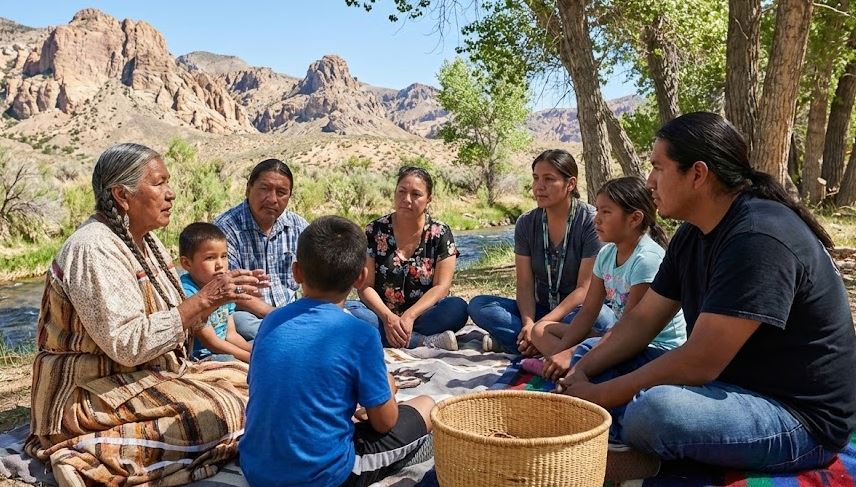Elusive Origins: Unraveling the Mystery of California's Name
There wasn't a single "original name" in the sense of a prior official territorial designation by Indigenous peoples or European powers for the entire region. Instead, the name "California" was a literary invention that captured the imagination of explorers and was then broadly applied to this vast and mysterious land.
The Literary Birth of "California" (1510)
The most widely accepted theory attributes the name "California" to a popular work of fiction published in the early 16th century, long before Europeans extensively explored the North American Pacific coast.
- "Las sergas de Esplandián" (The Adventures of Esplandián): This Spanish romance novel, written by Garci Rodríguez de Montalvo and published around 1510, describes a mythical island paradise named "California."
- The Mythical Island: In the novel, California was described as an island located "at the right hand of the Indies," ruled by a beautiful and fierce Black queen named Califia. This island was said to be rich in gold, pearls, and griffin-like beasts.
Explorers Apply the Name (Mid-1530s)
The captivating tale of Queen Califia and her golden island resonated with the Spanish conquistadors, who were constantly seeking new lands and riches.
- Hernán Cortés (1535): The first documented application of the name "California" to an actual geographical location is credited to Hernán Cortés, the conqueror of the Aztec Empire. In 1535, after exploring the Baja California Peninsula (which he initially believed to be an island), he named it "California." Cortés and his men were probably familiar with Montalvo's novel and the allure of its mythical island. They believed they had found a place matching its description – a remote, rich "island" far to the west.
- Early Maps: The name soon began appearing on maps, initially referring to the Baja California Peninsula and the Gulf of California. Over time, as more of the North American Pacific coast was explored, the name "California" expanded to encompass the entire region.
"Alta California" and "Baja California"
As the Spanish continued to explore and establish missions, they eventually distinguished between two primary regions:
- Baja California (Lower California): This referred to the peninsula explored by Cortés.
- Alta California (Upper California): This was the more northern region, encompassing what is now the U.S. state of California, first explored by Juan Rodríguez Cabrillo in 1542.
For centuries, "Alta California" remained a remote and sparsely settled Spanish (and later Mexican) province before the American conquest.
American Acquisition and Statehood
- Mexican-American War (1846-1848): Following the Mexican-American War and the Treaty of Guadalupe Hidalgo, Alta California was ceded to the United States.
- Statehood (1850): With the influx of population due to the California Gold Rush, California rapidly achieved statehood in 1850, retaining the name "California" for the new U.S. state.
 The "original name" of the territory that became the U.S. state of California was, from its very inception through royal charter in 1681, "California" itself, a name that was not Indigenous or directly royal, but born from a 16th-century Spanish romance novel. This mythical island of gold, ruled by Queen Califia, so captured the imagination of Spanish explorers like Hernán Cortés that they applied it to the mysterious peninsula and then the broader Pacific coast in the 1530s. From this literary fantasy, the name journeyed through centuries of Spanish and Mexican rule to become the iconic designation for the Golden State we know today.
The "original name" of the territory that became the U.S. state of California was, from its very inception through royal charter in 1681, "California" itself, a name that was not Indigenous or directly royal, but born from a 16th-century Spanish romance novel. This mythical island of gold, ruled by Queen Califia, so captured the imagination of Spanish explorers like Hernán Cortés that they applied it to the mysterious peninsula and then the broader Pacific coast in the 1530s. From this literary fantasy, the name journeyed through centuries of Spanish and Mexican rule to become the iconic designation for the Golden State we know today.



